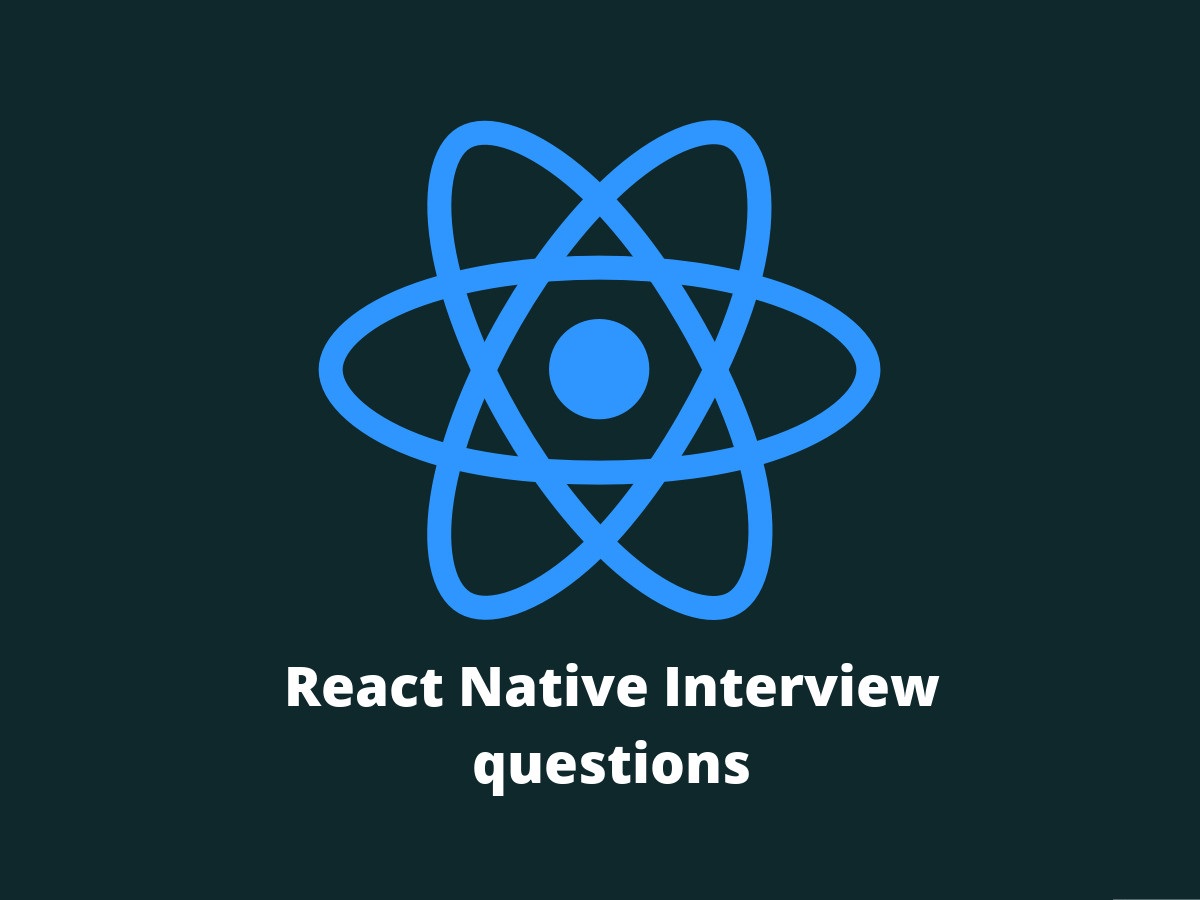Practice Best React Native Interview Questions and Answers
React Native is a mobile application framework through which developers can develop apps for Android, iOS, Web, and UWP. It allows developers to combined ReactJS with other native platforms to develop apps for different platforms. It is developed by Facebook and is written in JavaScript and is very fast. React Native works in a way similar to ReactJS but does not manipulate DOM by Virtual DOM.
So, practice here the best React Native Interview Questions and Answers, that are very helpful for the freshers & experienced candidates. These React Native Questions are very popular and asked various times in React Native Interviews. apart from this, you can also download below the React Native Interview Questions PDF, completely free.

